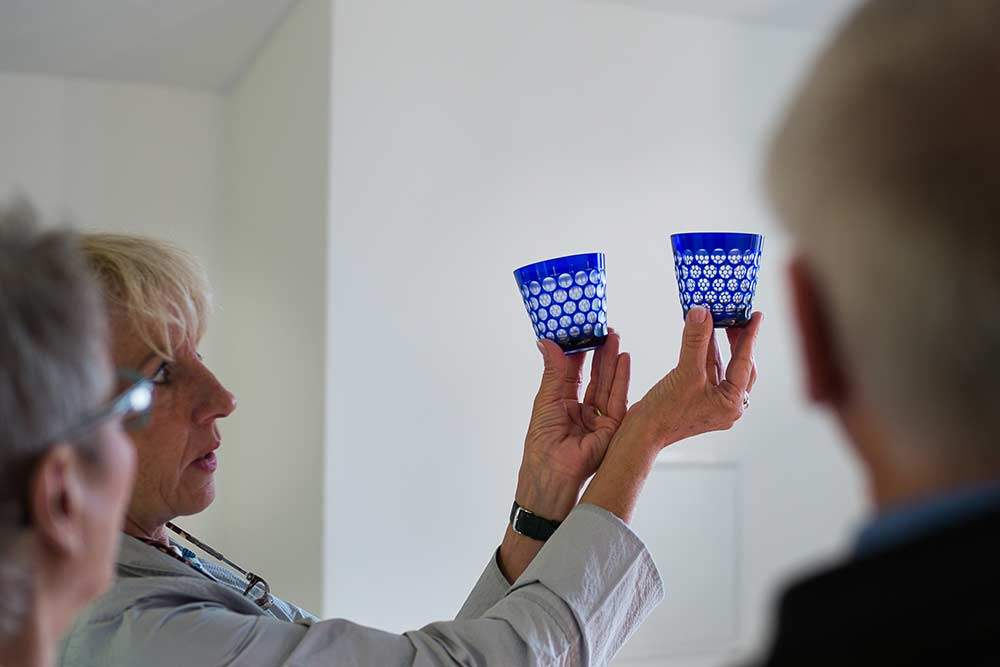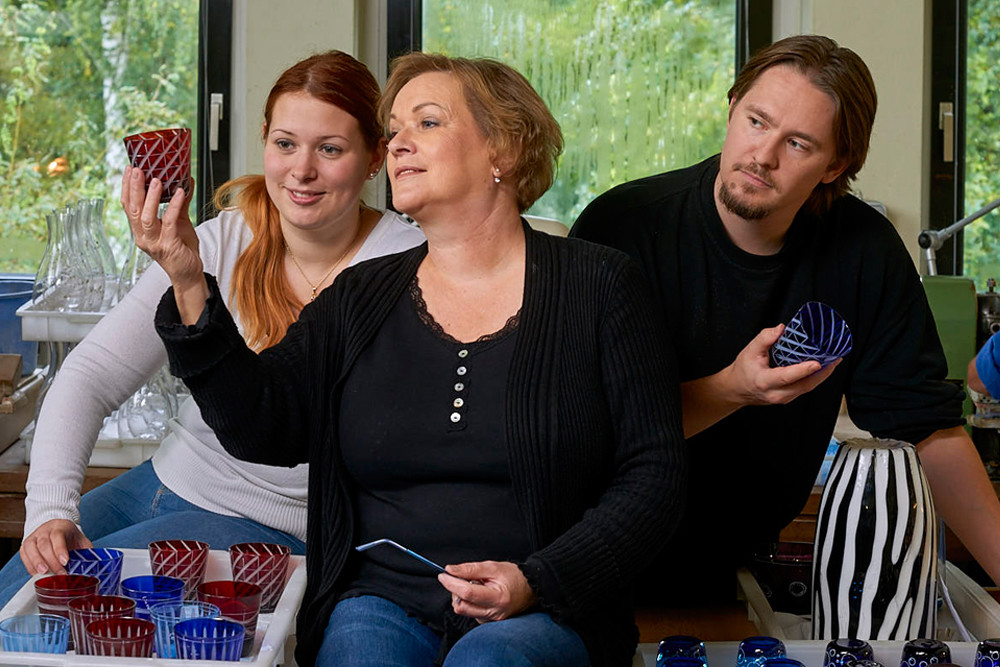The Rotter Glas studio
Bright colours, brilliant light, gems of fine dining
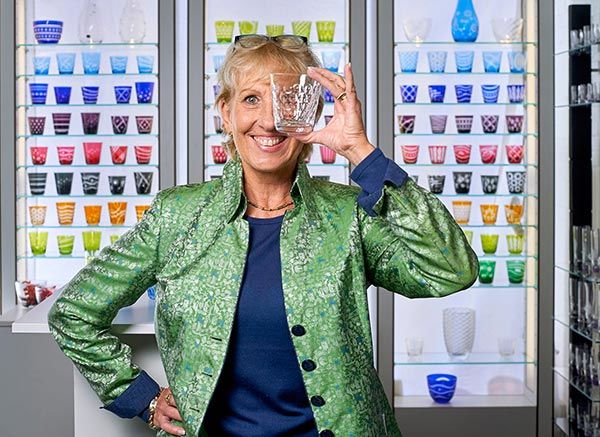
“Carl Rotter was the first to put that much craftsmanship into a tumbler for daily use!”
In the beginning, there was the Kugelbecher
In Silesia, back in 1929, Carl Rotter patented his spherical-drilling technique. In his father’s company the demand was for traditional cuts and designs. It was in Lübeck, after World War II in 1948, that Carl Rotter transformed a cloudy press glass tumbler by implementing his patented technique. The opaque glass became shiny: The Kugelbecher was born. Numerous other engraving techniques were developed and new cuts created.
The classic became the studio's trademark design
Every glass is a signed original
Carl Rotter brought his handicraft with him from Silesia, where he was born on October 22, 1895. There, his father Franz Rotter ran a respectable glass cutting workshop - the people called it “Rotter Schleife” - with 40 craftsmen. After having completed his vocational training, he worked eagerly on a technique to cut spheric shapes deeper into the glass. He called it “spherical-drilling technique”, and, in 1929, the patent office in Berlin confirmed the novelty of his technique. He met his wife in the same year and married her the following year; in 1932, their son Wolfgang was born.
After World War II, they settled down in Lübeck, and opened their workshop in 1948. At first, Carl Rotter used pressed glass, due to the lack of high-quality glass after the war. With his spheric-drilling technique, he cut the whole surface of the glass and polished every spheric shape by hand - making the “opaque” glass shiny and clear. Every spheric shape works as a kaleidoscope - a fascinating effect. This is how Rotter’s Kugelbecher, which is known far beyond Lübeck’s borders, was created. Today, it is still cut with this traditional technique. In 1968, after Carl's death, his wife Margarete continued the tradition. Later, his son Wolfgang took over the company. Wolfgang Rotter passed on the management to his wife Birgit Rotter in 2013.
How we transform coloured blanks into sparkling gems
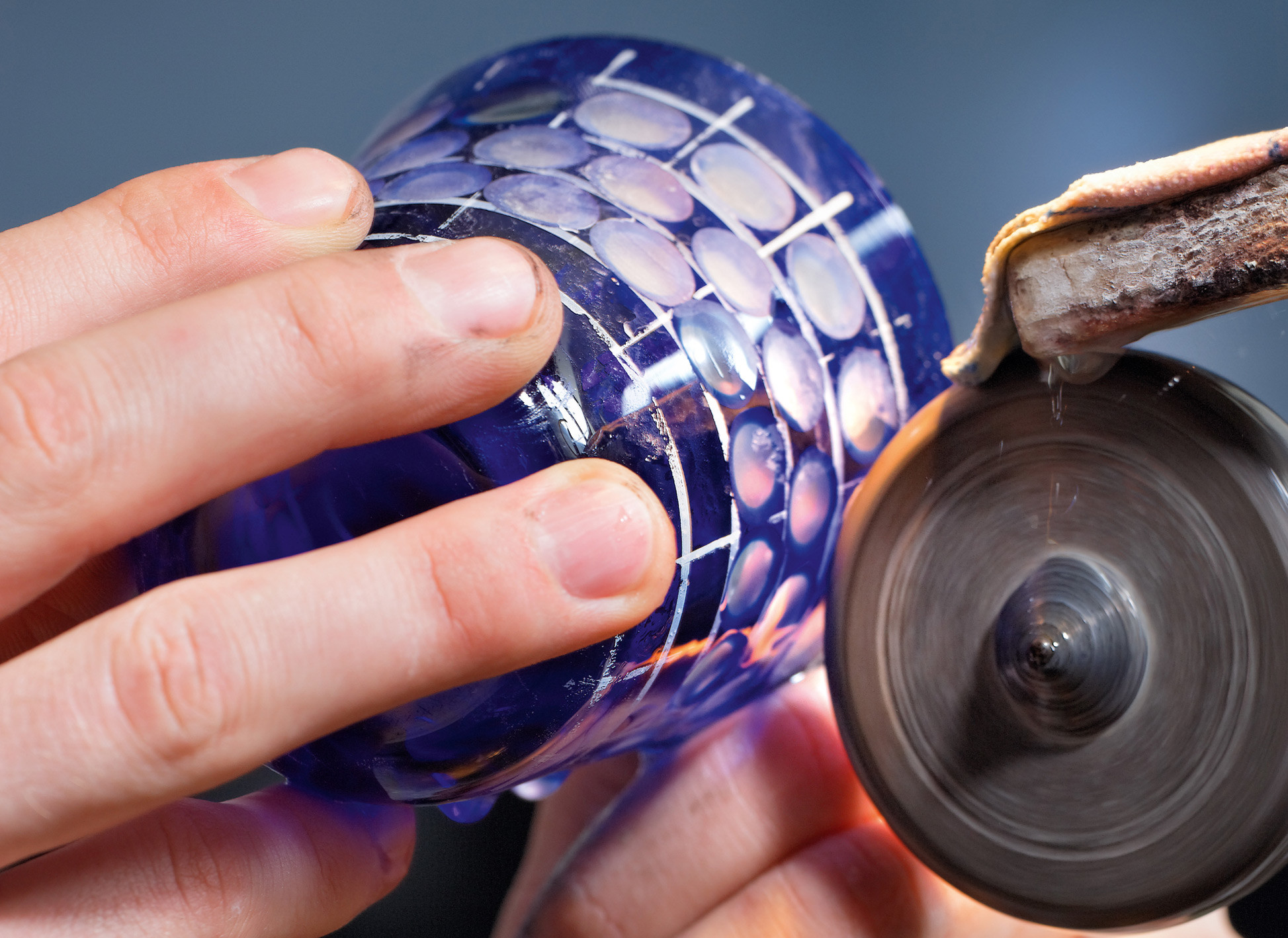
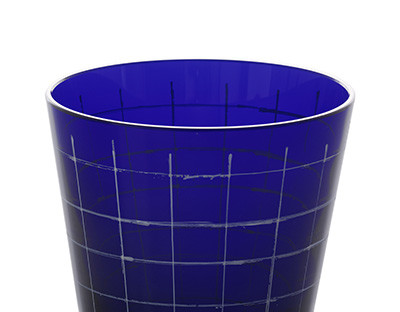
Indexing and Marking
With a permanent marker evenly distributed horizontal and vertical lines are drawn on the object depending on the design to be cut.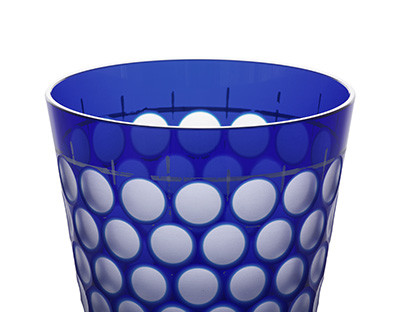
Grinding and Roughing
With silicon carbide grinding wheels (SiC), the coated glass is roughly grinded until the various profiles, contours and depths are achieved and the colour layer is removed.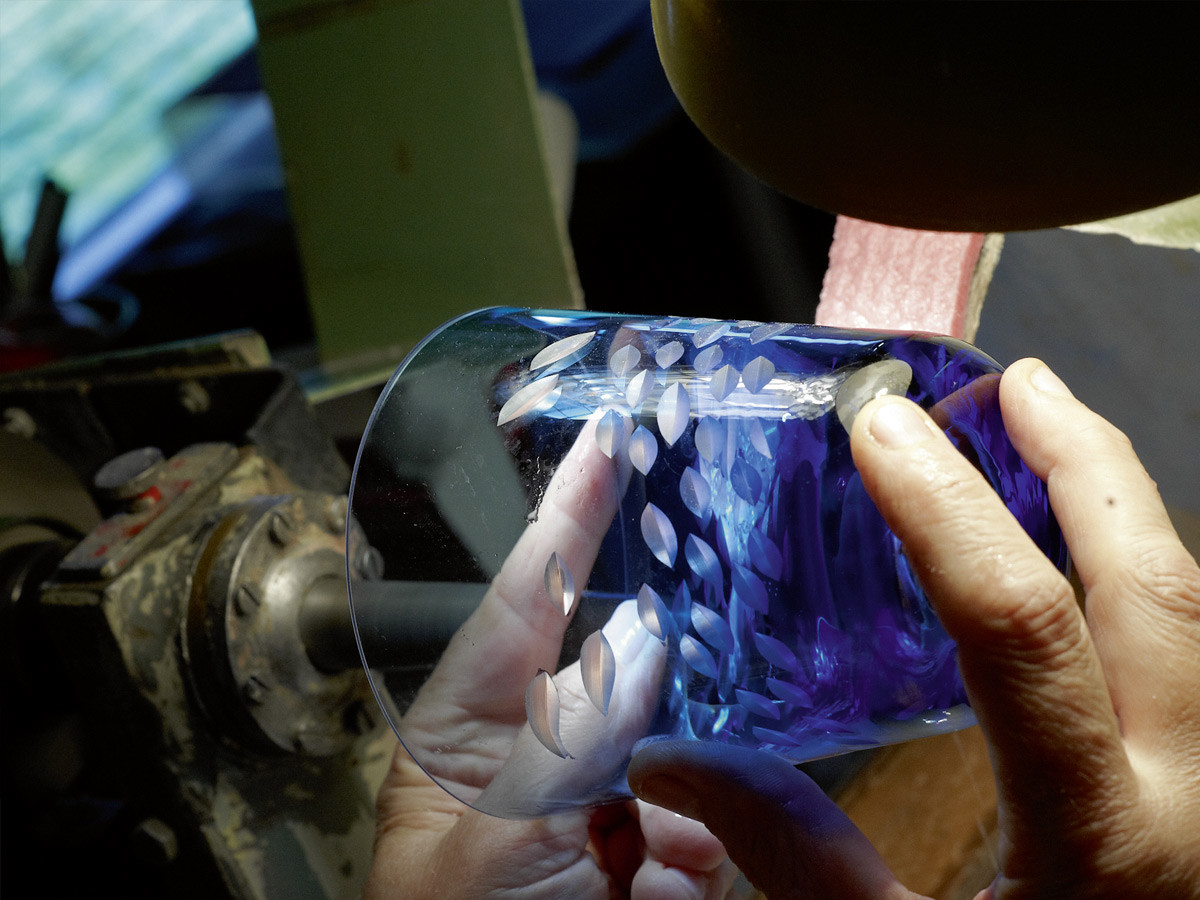
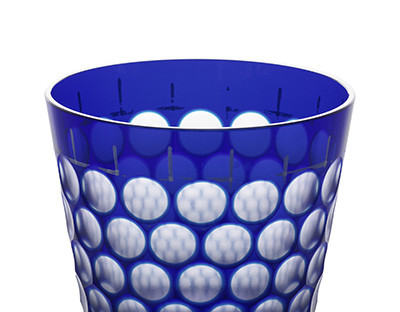
Smoothing
A corundum wheel (AL203) finely smooths the milky areas resulting in a satin-polish. This prepares the piece for the final production step.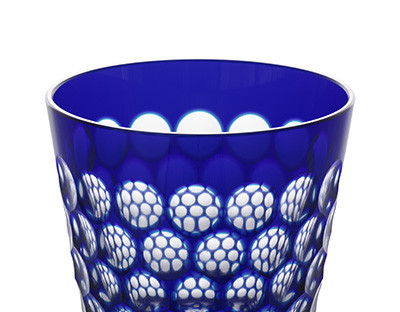
Polishing
The shiny lustre is achieved by buffing and polishing with cork or felt wheels and pumice-powder. Dexterity, precision and sensitivity are essential, as at this point the glass is exposed to the greatest stress.If you have any questions regarding our products or a special request, please feel free to contact us.
About our crystal glass studio
Rotter Glas Image-Film
Take a look over our glascutter´s shoulder.


